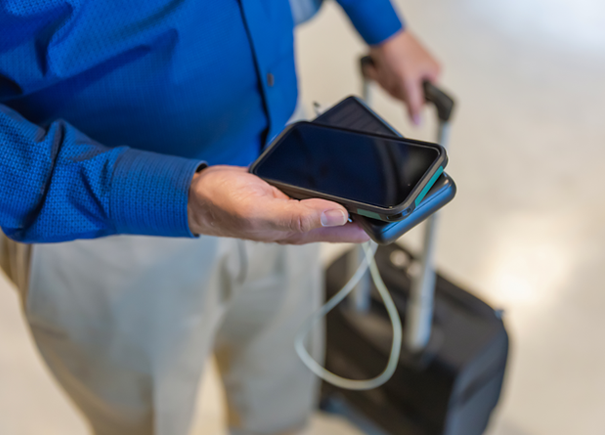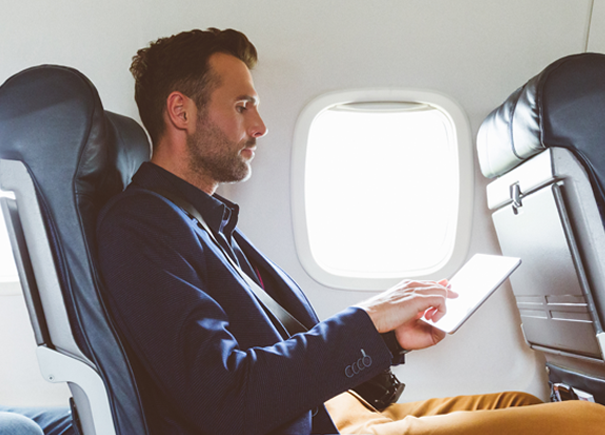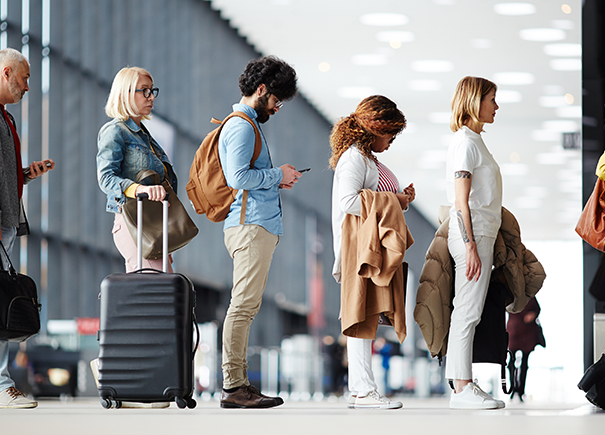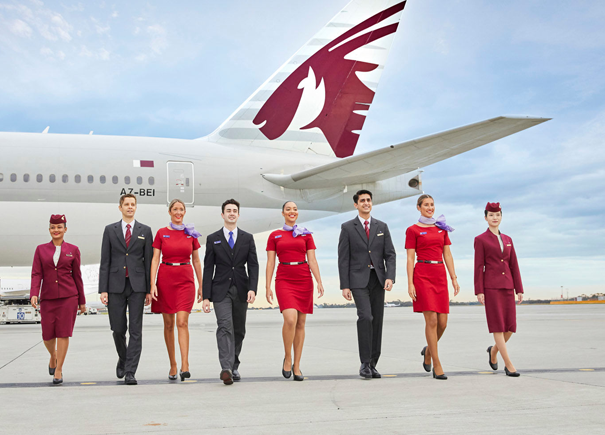How to stay connected amidst airlines' new portable charging requirements
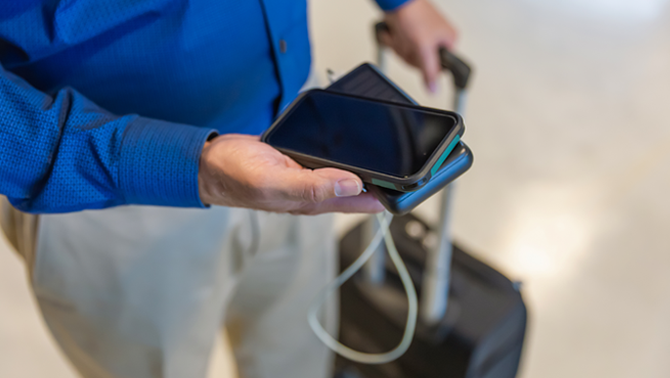
Portable chargers and power banks have become a carry-on essential to keep devices charged up for work or entertainment while travelling, but new airline restrictions could see the end of unlimited charging onboard from these devices.
Travellers on several airlines will not be allowed to charge portable power banks via the onboard USB ports or use power banks to charge their personal devices throughout the duration of the flight.
Corporate Traveller is calling on passengers, particularly those travelling for business who heavily rely on recharging capability, to be aware of the new requirements and is advising travellers on how they can remain connected amid the new requirements.
Corporate Traveller Global Managing Director Tom Walley said at least six international carriers that operate in and out of Australia had begun introducing the new requirements this month and he expected it was just a matter of time before others follow suit.
“There has long been concern of the safety and reliability of portable chargers, and we’re starting to see carriers take extra precautions beyond the aviation industry’s current requirements,” Mr Walley said.
“A lot of Asian carriers are introducing the new requirements, and it includes many that Australians know and frequent, so it’s important that travellers understand these new restrictions and the impact it will have on them.
“Safety is the priority, but there are work arounds and other strategies to making sure you’re keeping charged and connected, particularly on the longer haul trips."
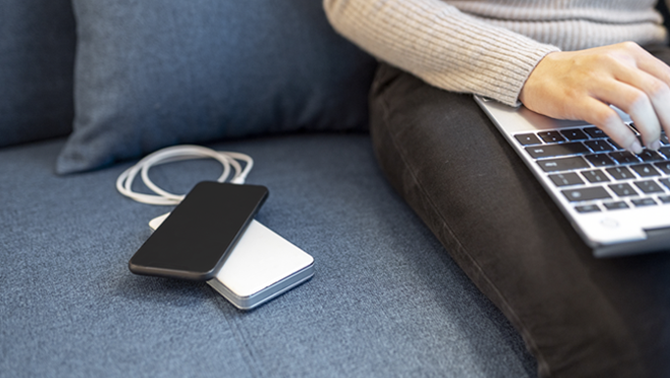
“My biggest tip is to consider the best device for your journey – laptops are hard to charge on the go, and are a bulky, heavier option. I prefer to have a tablet in my carry-on that has similar functionalities to a laptop, but it’s easier to charge onboard and travel with.
“We’ve seen at least seven airlines begin introducing restrictions on using and charging portable charging devices in the aircraft, and I expect we will see others follow suit within time.”
Popular long-haul carrier Singapore Airlines and its low-cost carrier airline, Scoot, will introduce the restrictions from 1 April 2025. They join a growing list of airlines that are enforcing the new rule this month (March 2025), namely China Airlines, Thai Airways, Korean Airlines, Asiana Airlines and EVA Air.
Korean Air and Asiana took the restrictions a step further as of 1 March 2025, banning power banks from overhead luggage bins, requiring the banks to remain with the passenger at their seat.
Power banks must be carried in cabin baggage on all flights, according to international aviation regulation, and not stored in checked-in luggage, but this new requirement set by airlines to safeguard passengers takes this to a new level. The stricter rules come after a series of fires have been caused the overheating power banks.
But, Walley has some tips for travellers who want to stay charged while abiding by the new requirements.
Corporate Traveller's tips to staying connected and charged up amidst the new
portable charger requirements:
Tip 1: Make sure you are familiar with your airline's specific policies before you travel - these are available on each carrier's website and vary across airlines.
Tip 2: Get on the flight with a fully charged device – and if you are using your phone, laptop or tablet while you’re at the airport waiting to board, try to find a charging port to keep the battery full while you wait to fly. Whether you’ve got lounge access, or are sitting in a café at the airport, there are generally plenty of charging ports around.
Tip 3: Pack a charging cord in your carry-on that has a USB connection. Most planes, particularly on those longer haul flights, will have USB plugs that you can link into directly to charge while you fly.
Tip 4: Think about the device you are taking onboard with you – sometimes a laptop is not the most effective way to stay connected, continue working on, or keeping entertained from the sky. You can't charge a laptop via the USB plugs onboard. A tablet tends to be the best way to go for a bigger screen, full functionality, and easy charging capability.
Tip 5: Make use of the in-flight infotainment systems when they are available. Rather than draining your battery watching a movie on your own device, use the built-in systems where possible.
Tip 6: It is important to be aware of where you are plugging in though. Public USB ports can be compromised by cybercriminals, and places like airports can be hotspots for this.
Tip 7: Make sure you are purchasing certified power banks for reputable manufacturers to ensure you, and your fellow passengers are not at risk.
Tip 8: Never pack your portable charger in your checked luggage. By aviation requirements globally, they must always be carried in the cabin with you.
